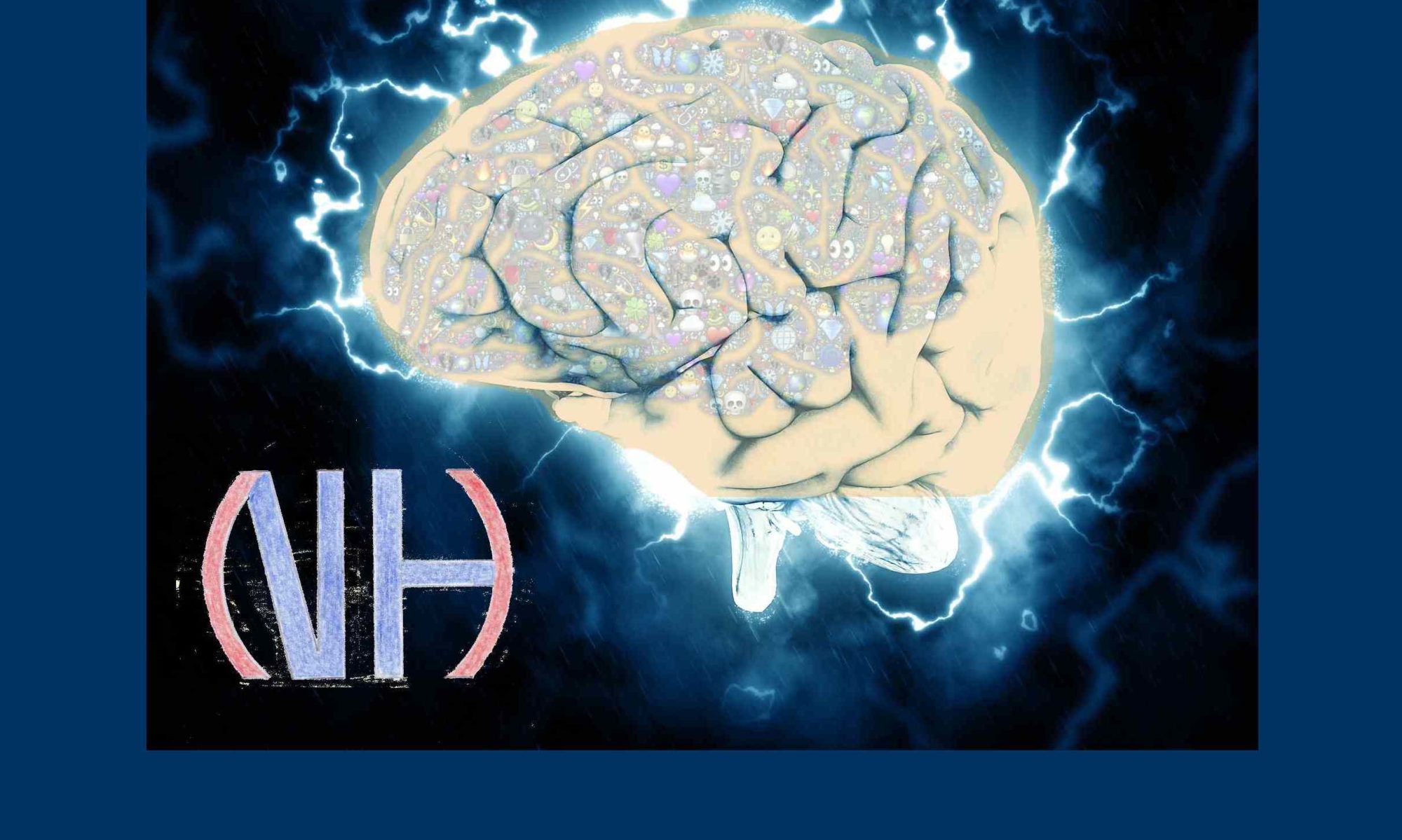If you want our bot to READ this article for you, click play:

WHAT
We can make remember somebody of something he never lived.
WHY
We saw in another article that we can physically implant a false memory in brains of mice1. But it is also possible to suggest good enough a false memory so the subject believes that he lived what he is told and is even able to remember details that were not even told to him.
HOW
You know, with a little of persuasion, you certainly managed already to make believe your colleague Michael that John won’t get back to work anymore because he had decided to manage a dairy with an old acquaintance, 500 miles away of the office. And when John came back to the office one week later at the end of his holidays, he did not understand why Michael asked him what went wrong with the dairy … And all the colleagues had a good laugh.
Well, in the same order of idea, researchers have managed to persuade subjects that they had lived certain things that they not lived in fact!

During an experiment, Stephen Lindsay and his team managed to persuade 50 % of their guinea pigs that they had made a flight in hot-air balloon in their youth, what was false, by presenting them forged photographs2.
So that the transplant has a chance to be a success, three factors must be respected: the false memory must be plausible, the subject has to build itself a mental representation of it and the memory should not seem to be produced by a trance at the time of its construction, but by the recollection of a reliable information3.
Other factors are facilitators, for example the emotional implication of the subject in the false memory. If the false memory doesn’t make taking place particular emotion, it has only few chances to be retained by the subject. On the other hand, if it calls on to feelings to the subject, it has more chances to be accepted by this one, and that’s particularly true if the feelings called by the memory are negative: then the false memory will be rather precise.

In 2008, Stephen Porter and his team made an experiment illustrating this phenomenon4: they incite a group of subjects to remember passed public events, some of them being false ones. The conclusion of the study is that the false positive or negative events are more easily accepted than those having no “emotional particular color”, and that those having a negative connotation generate more precise false memories to the subjects than those having a positive connotation. Stephen Porter’s theory to explain this phenomenon is an evolutionary one: according to him, it is crucial for the survival to remember negative events, no matter what the individual lived them actually or that they are reported to him by a reliable source. Therefore, the brain is more inclined to produce false precise memories for events of this nature5.
WHAT CAN BE DONE WITH IT
The conclusion of all this is that it is necessary to be wary of your own bad memories: they are actually the least reliable ones, because they are the ones that we are the most inclined to forge, if circumstances are gathered! And it is necessary to be aware that, as our memories influence our reading of the present, we need to wonder about the reasons which urge us to perceive as “viscerally negatives” certain events of our everyday life and, in a more general way, the current events reported in newspapers… Hopefully this article leaves you a long-lasting memory, see you!
Look further / Useful link(s)
Notes
1■ Article « False memories in your brain »
3■ Website https://www.scienceshumaines.com/faux-souvenirs-le-poids-de-l-emotion_fr_27500.html
4■ Porter, S., Taylor, K., & ten Brinke, « Memory for media : Investigation of false memories for negatively and positively charged public events », Memory, vol.16, n°6, 2008



